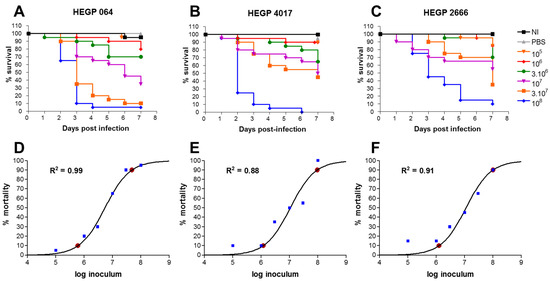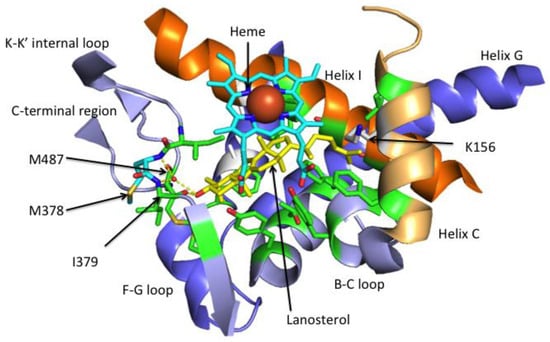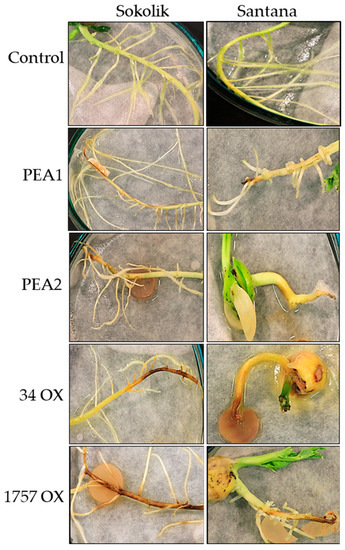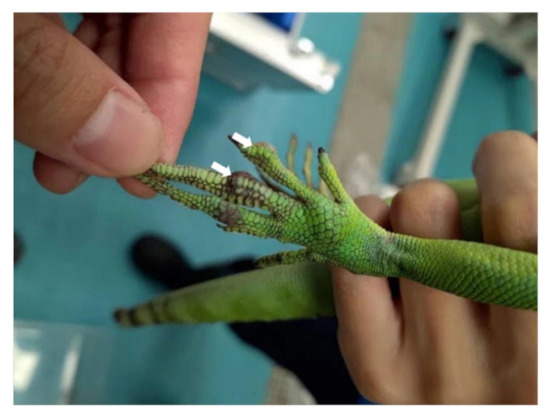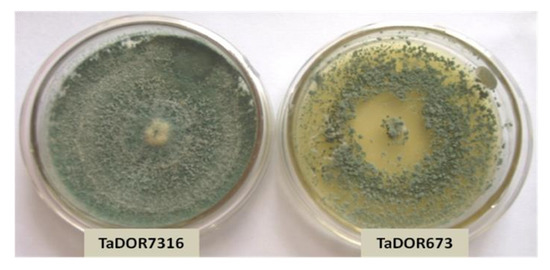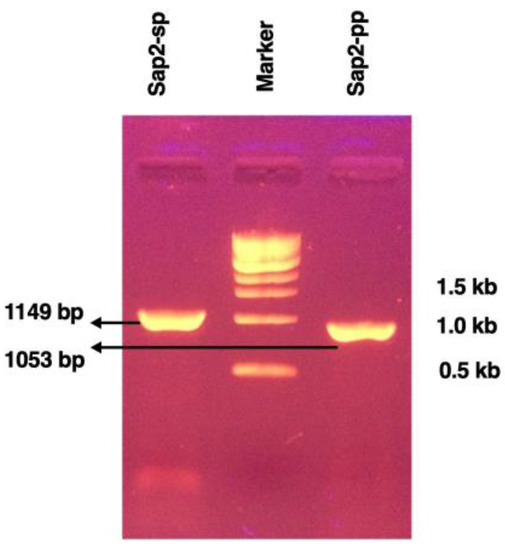J. Fungi 2021, 7(12), 1012; https://doi.org/10.3390/jof7121012 - 26 Nov 2021
Cited by 8 | Viewed by 2460
Abstract
Aspergillus fumigatus is an environmental filamentous fungus responsible for life-threatening infections in humans and animals. Azoles are the first-line treatment for aspergillosis, but in recent years, the emergence of azole resistance in A. fumigatus has changed treatment recommendations. The objective of this study
[...] Read more.
Aspergillus fumigatus is an environmental filamentous fungus responsible for life-threatening infections in humans and animals. Azoles are the first-line treatment for aspergillosis, but in recent years, the emergence of azole resistance in A. fumigatus has changed treatment recommendations. The objective of this study was to evaluate the efficacy of voriconazole (VRZ) in a Galleria mellonella model of invasive infection due to azole-susceptible or azole-resistant A. fumigatus isolates. We also sought to describe the pharmacokinetics of VRZ in the G. mellonella model. G. mellonella larvae were infected with conidial suspensions of azole-susceptible and azole-resistant isolates of A. fumigatus. Mortality curves were used to calculate the lethal dose. Assessment of the efficacy of VRZ or amphotericin B (AMB) treatment was based on mortality in the lethal model and histopathologic lesions. The pharmacokinetics of VRZ were determined in larval hemolymph. Invasive fungal infection was obtained after conidial inoculation. A dose-dependent reduction in mortality was observed after antifungal treatment with AMB and VRZ. VRZ was more effective at treating larvae inoculated with azole-susceptible A. fumigatus isolates than larvae inoculated with azole-resistant isolates. The concentration of VRZ was maximal at the beginning of treatment and gradually decreased in the hemolymph to reach a Cmin (24 h) between 0.11 and 11.30 mg/L, depending on the dose. In conclusion, G. mellonella is a suitable model for testing the efficacy of antifungal agents against A. fumigatus.
Full article
(This article belongs to the Special Issue Clinical Resistance to Antifungal Mechanism)
►
Show Figures
